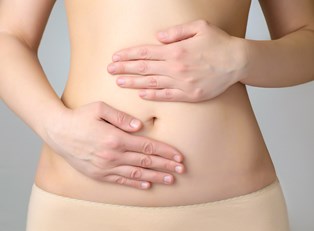Endometriosis is a condition in which cells (known as endometrial tissue) that usually develop on the inside of the uterus begin to grow outside of the organ. While some women have no indication of having this condition, others experience painful menstruation, heavy bleeding, and fatigue. In most cases, endometriosis occurs solely while a woman is of age to bear children, but in some cases it may develop earlier and end later than the span of a woman's fertility.
During menstruation the endometrial cells of the uterus begin to shed. In women with endometriosis, the tissue thickens and attempts to shed in the other areas where it has grown as well. However, because the blood has no way of leaving the body, this typically results in pain. Additionally, scar tissue and cysts may form, which can lead to more pain or fertility problems.
What Causes Endometriosis?
There is no definitive cause for endometriosis, but there is some evidence that it can develop because of several different factors. Some women experience endometriosis following a pelvic surgery or C-section because the tissues from the inside of the uterus are unintentionally transferred to the outside of the organ.
Additionally, some women with immune system issues are prone to endometriosis due to the fact that their bodies don't realize the difference between healthy and problematic tissues. Because the endometrial tissue outside of the uterus is left undected, it continues to grow and thicken.
Another condition that has been linked to endometriosis is retrograde menstruation. This is a condition in which menstrual fluids back up inside the abdominal cavity or block the fallopian tubes. It can cause massive amounts of bleeding and leaves deposits of endometrial tissue in its wake. A more rare, but equally serious cause for endometriosis occurs when cells shed from the uterus are carried by the blood stream and lymphatic system to various parts of the body, including but not limited to the brain, liver, kidneys, or heart.
Who Is Most Likely to Get Endometriosis?
Endometriosis occurs most frequently among women who are of child-bearing age but have never had children. Other groups who have a higher risk of endometriosis are women who are still menstruating later than 40 years of age, women who have waited to become pregnant until later than 35, and women who have a history of ovarian or uterine cysts.



